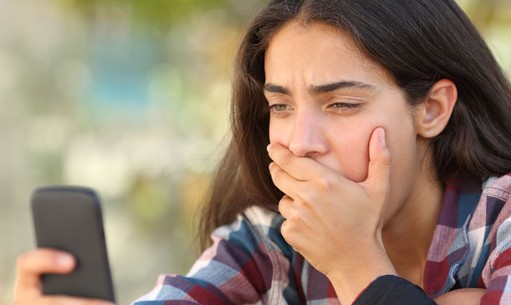The effects of pornography on children and young people
 Australian Institute of Family Studies December 2017
Australian Institute of Family Studies December 2017
Summary
There is a lot of discussion about the possible effects of online pornography on children and young people and the messages pornography generates about gender, equality and sexuality. In 2016, the Australian Institute of Family Studies (AIFS) was engaged by the Department of Social Services to review what the available research evidence tells us about the issue.
Key messages
Pornography exists within a broader sociocultural context in which stereotypes about gender, sexism, sexual objectification and violence-supportive attitudes are also at play
Nearly half of children between the ages of 9-16 experience regular exposure to sexual images
Young males are more likely than females to deliberately seek out pornography and to do so frequently
Pornography use can shape sexual practices and is associated with unsafe sexual health practices such as not using condoms and unsafe anal and vaginal sex
Pornography may strengthen attitudes supportive of sexual violence and violence against women
The best approach for parents, caregivers and teachers responding to children’s exposure to pornography is to encourage open communication, discussion and critical thinking on the part of children, while educating themselves about the internet and social media
Parents and caregivers are less likely to be intimidated by online risks if they are informed and take an active role in their children’s digital lives.
READ MORE: https://aifs.gov.au/publications/effects-pornography-children-and-young-people-snapshot
VIEW Executive Summary: https://aifs.gov.au/sites/default/files/publication-documents/online_pornography-effects_on_children_young_people_snapshot.pdf







